Implantable Devices
Bone Anchored Hearing Device (BAHA)
Bone anchored hearing devices work by bypassing the outer and middle ear and providing sound directly to the inner ear by bone conduction. Candidates for a bone anchored hearing device (BAHA) may have conductive hearing loss or complete hearing loss in one ear. People who also have other medical conditions that might make wearing a traditional hearing aid impossible may also be a candidate for a bone anchored hearing device.
Our licensed audiologists and ENT physicians can determine whether a traditional hearing aid or a bone anchored hearing device is most appropriate for you.
Find a Location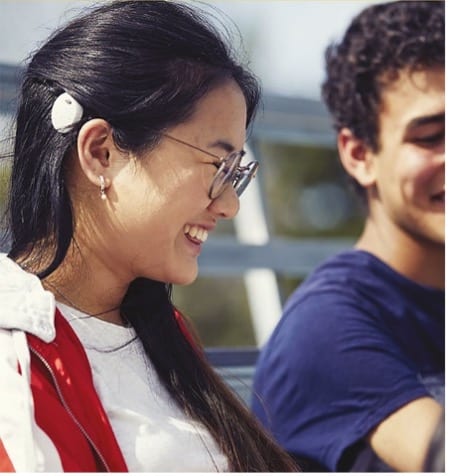
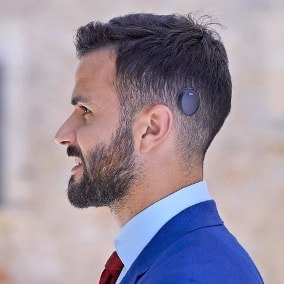
What to Expext:
The implantation of a bone anchored hearing device is a simple procedure done in the operating room which takes approximately 1 hour. There are 2 types of bone anchored hearing device options, an abutment wearing option and a magnetic wearing option. The abutment option consists of a titanium screw that is surgically implanted into the skull and protrudes through the skin behind the ear, and an externally worn processor. The skin usually heals within 2 weeks but the processor is not worn for approximately 2 months, giving time for the bone to osseo-integrate into the titanium screw. The magnetic wearing option consists of an internally implanted device that is seated behind the ear on top of the skull, under the skin. The skin usually heals within 2 weeks but the processor is not worn for approximately 4 weeks, giving time for swelling to reduce, and allowing for the external processor to magnetically attract to the internal device.
Cochlear Implants
A cochlear implant is an electronic medical device that replaces the function of the damaged inner ear. Unlike hearing aids, which make sounds louder, cochlear implants do the work of damaged parts of the inner ear (cochlea) to provide sound signals to the brain.
Cochlear implants systems consist of both internal and external components. The internal device is surgically implanted and requires an external sound processor to function. The sound processor can be worn at ear level and consists of a microphone, processor, and transmitting coil that connects with the internal device on the scalp behind the ear.


Once candidacy is determined, the patient is scheduled for a medical consultation with our cochlear implant surgeon, Benjamin J. Copeland, M.D., Ph.D. Dr. Copeland may require additional diagnostic tests to determine the status of the inner ear.
Request an Appointment What to Expext:
Cochlear implant surgery is typically an outpatient procedure, performed under general anesthesia. It lasts approximately one hour. During the procedure, the surgeon exposes the mastoid bone behind the ear canal and drills a small channel to the inner ear. The electrodes are threaded into the inner ear and the receiver coil is placed in the bone behind the ear. The skin is closed over the receiver/stimulator. A pressure bandage is placed to reduce swelling around the incision.
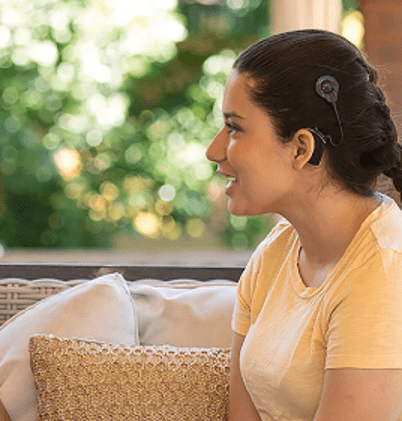
After surgery, you’ll need to allow two to three weeks for healing.
After everything is healed, “fitting” the external parts takes place. During the initial activation, the headpiece and microphone are placed over the implant. The speech processor is connected to the headpiece and the audiologist’s computer. The audiologist activates the electrodes individually and the cochlear implant user indicates when sound is detected and when it is comfortably loud. These measurements are used to program or “MAP” the speech processor for the implant recipient. Subsequent programming and evaluations are completed as recommended by the cochlear implant audiologist.

Nothing is more important to realizing the benefits of having a cochlear implant than auditory rehabilitation therapy. Auditory rehabilitation, utilizes structured activities that should be carried over into real life to optimize the use of the new signal. It may involve exercises to discriminate between specific sounds or to identify single words. Many professionals suggest that individuals generally will need to master discrimination and identification of specific sounds and words in order to be successful at the next level of listening — that involving comprehension of statements and questions and effective participation in conversation.Improvements following initial programming sessions tend to happen quickly, but further improvements can surface for many months and even years with auditory rehabilitation. The involvement of your family and friends in the therapeutic process greatly enhances success.
Have Questions?
Implantable device services are only available at certain locations.
Please contact our cochlear implant audiologists for any cochlear implant related questions or to schedule an appointment.
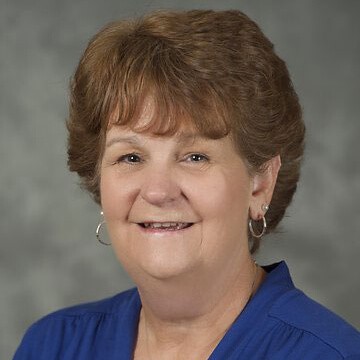
Julie Bower, M.S., CCC-A
Julie has over 30 years of Audiology experience in diagnostic and rehabilitation audiology with both pediatric and adult populations. Her specific interest is cochlear implants with the adult patient. She is a member of the American Speech-Language-Hearing Association, the American Academy of Audiology, and is licensed in the State of Indiana.
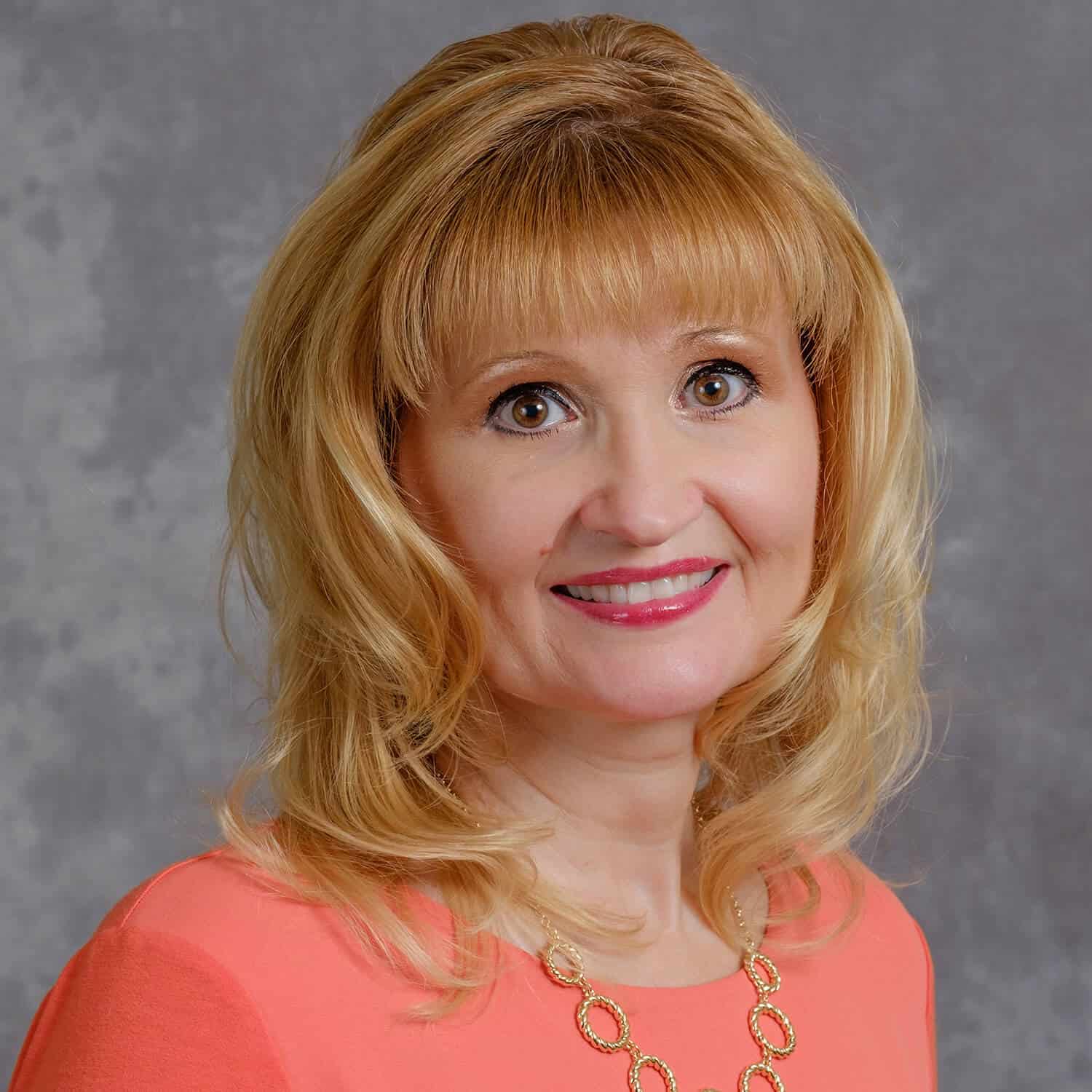
Barbara Luikart, M.A., CCC-A
Barbara is currently the Assistant Director of Audiology for Whisper Hearing Centers. Her areas of special interest include Cochlear Implants and Bone Anchored Hearing Aids. Barb is licensed in the state of Indiana and is a member of the American Academy of Audiology and the American Speech-Language-Hearing Association.
